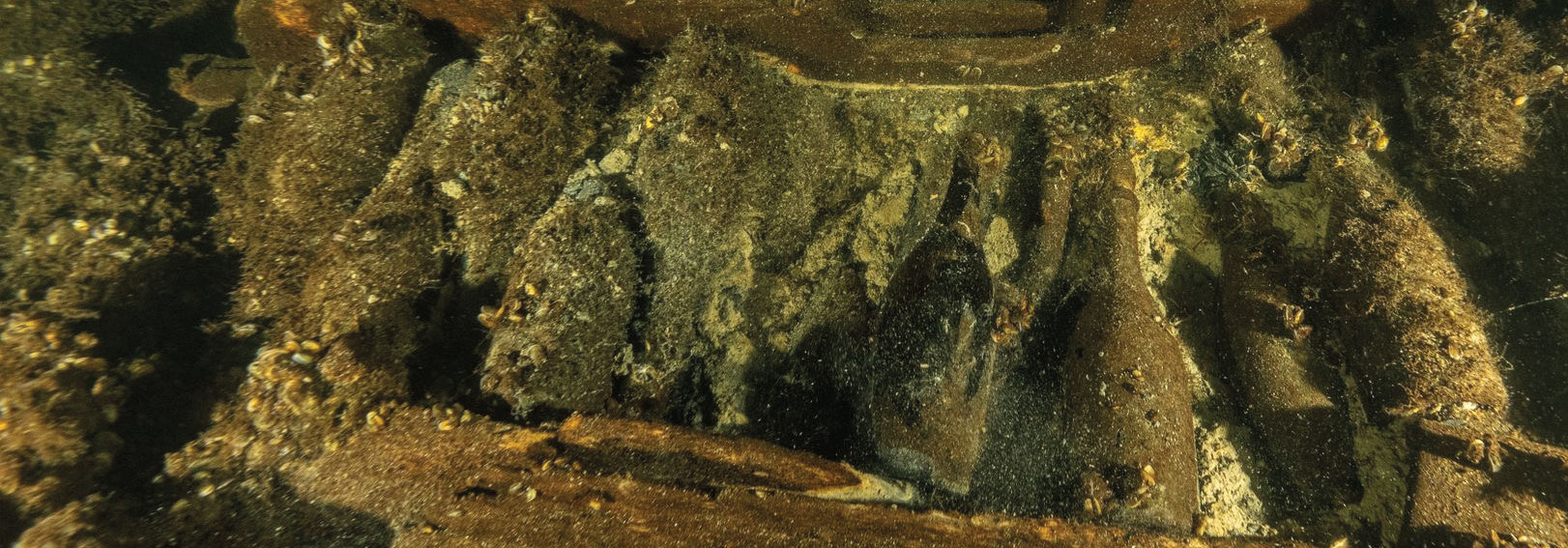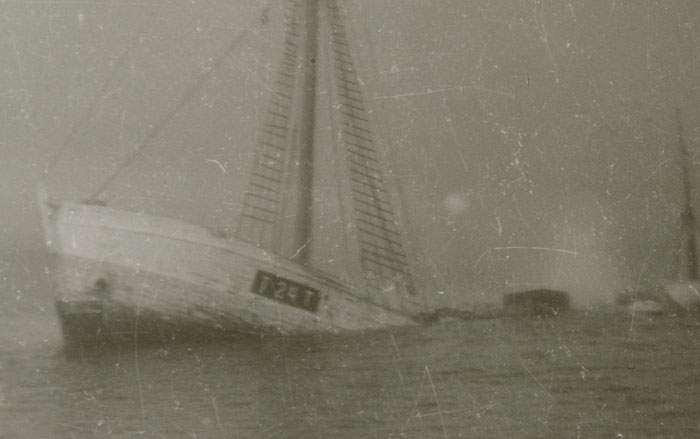
HELSINKI, FINLAND—The Badewanne Diving Team has announced the discovery of a seventeenth-century Dutch shipwreck resting upright in the dark, cold waters of the Baltic Sea. The group of volunteer divers had been planning to document shipwrecks dated to the First and Second World Wars at the mouth of the Gulf of Finland when they spotted the wreckage of the Dutch three-masted ship. The shape of its hull and its lack of guns indicate the vessel was a fluyt, designed by the Dutch to carry twice the cargo of other ships. When combined with a pulley and tackle system for the rigging, the fluyt could be managed by a smaller crew in order to increase the trader’s profits. The diving team reports that although the holds of the ship are intact, a trawl appears to have caused some damage. Maritime archaeologist Niklas Eriksson of the University of Stockholm added that the shape of the ship’s stern is unique, which may indicate that it was an early version of the fluyt. Eriksson will continue to investigate the wreckage with the Badewanne Diving Team and the Finnish Heritage Agency of Antiquities. To read about another Dutch shipwreck discovered in the southeastern part of the North Sea, go to "Global Cargo."










